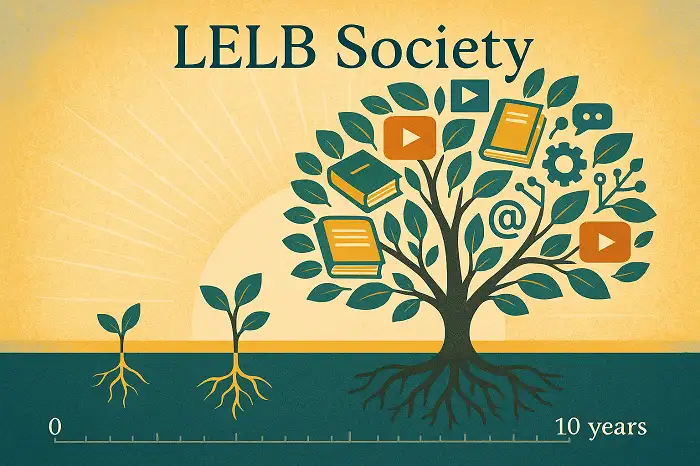In this article, we're going to share 10 practices for teaching writing skills with you in a practical fashion. Dr. Hariri, the author of this article has also narrated it to make a video as a presentation, and you can find the embedded video below. Video of teaching writing skills https://www.youtube.com/watch?v=P1Pe7qqvG7g Introduction Writing seems to be the most challenging, difficult and demanding skill among the other three ones inasmuch as the fact that the skills that are involved in writing are pretty complex for L2 learners. In fact, L2 writers are obliged to pay close attention to higher level skills ...
Home » IELTS Essay Writing Practice » Teaching Writing Skills with 10 Best Practices and Video

Teaching Writing Skills with 10 Best Practices and Video
Updated: by Dr. Mohammad Hossein Hariri Asl
Time to Read: 12 minutes | 434 Views | No Comments on Teaching Writing Skills with 10 Best Practices and Video
Share This Post
About the Author
Dr. Mohammad Hossein Hariri Asl is an English and Persian instructor, educator, researcher, inventor, published author, blogger, SEO expert, website developer, entrepreneur, and the creator of LELB Society. He's got a PhD in TEFL (Teaching English as a Foreign Language).
Number of Posts: 4235


